As the winter season sets in, our beloved indoor plants require a little extra TLC to brave the chilly temperatures and thrive throughout the colder months. Whether you’re a seasoned green thumb or just beginning your journey into the world of indoor gardening, it’s essential to understand the unique needs of our precious potted companions.
Let’s delve into the art of caring for indoor plants in winter. This guide can help you maintain healthy indoor plants and keep those flowering plants and tropical treasures looking their best.
By following these tips and tricks, you’ll be equipped with the knowledge and skills to ensure your indoor plants not only survive but thrive, even when the weather outside may be less than ideal. So, let’s dive in and unlock the secrets to nurturing healthy indoor plants all winter long!
Indoor plants not only add beauty and a touch of nature to our homes but also provide numerous health benefits. During the winter months, however, caring for indoor plants can become more challenging due to reduced daylight hours, lower temperatures, and drier air. To ensure the well-being and vitality of your indoor plants throughout the winter season, it is crucial to understand their specific needs and make appropriate adjustments.
One of the primary challenges for indoor plants during winter is the decreased availability of natural sunlight. Many tropical plants thrive in bright light conditions. However, with shorter days and lower sun angles, it becomes essential to adjust their light requirements accordingly.
During winter, the amount of direct sunlight reaching your indoor plants decreases significantly. Consequently, you may need to relocate plants that require more light to a sunnier window or provide additional artificial lighting. Most houseplants can adapt to lower light conditions, but some may require more attention and care.
One of the primary challenges for indoor plants during winter is the decreased availability of natural sunlight. Apart from reduced daylight hours, lower temperatures can also affect their growth rate. Providing adequate artificial lighting, such as full-spectrum grow lights, can help compensate for the lack of natural sunlight.
To compensate for the reduced daylight hours, you can supplement your indoor plants with artificial lighting. LED grow lights are an excellent option as they provide a full spectrum of light that mimics natural sunlight. Place the lights close to the plants and keep them on for 10-12 hours per day to ensure proper growth and development.
Maintaining the right temperature is crucial for the health and growth of indoor plants during winter. Most indoor plants prefer temperatures between 15-24°C. However, it is important to note that different plant species may have specific temperature preferences, so it’s advisable to research the specific needs of your plants.
Cold drafts and sudden temperature fluctuations can be detrimental to indoor plants, especially tropical ones. Ensure that your plants are kept away from drafty windows, doors, and vents. If necessary, use weatherstripping or draft stoppers to minimise cold air infiltration. Also avoid placing plants near radiators or heating vents, as the hot air can dry out the foliage and soil.
During winter, the air indoors tends to be drier due to heating systems and lower humidity levels. To maintain optimal humidity for your plants, consider the following tips:
Tropical plants are popular choices for indoor gardening due to their lush foliage and vibrant flowers. However, they often require higher levels of humidity and warmth. Some common tropical houseplants include the Monstera deliciosa (Swiss cheese plant), Calathea, and Anthurium.
To meet the needs of tropical plants during winter:
Certain indoor plants are better suited for low-light conditions and can thrive even with limited sunlight. These plants are excellent choices for rooms with minimal natural light or areas away from windows.
Some common low-light indoor plants include the Snake Plant, ZZ Plant, and Pothos.
Succulents and cacti are popular choices for indoor gardening due to their unique shapes and low-maintenance nature. These plants have adapted to survive in arid environments and have specific care requirements during winter.
Proper watering and moisture control are crucial aspects of caring for indoor plants during the winter months. Adjusting watering frequency, managing humidity levels, and ensuring the quality and temperature of the water are essential for maintaining healthy plants. Here are some effective techniques for watering and moisture control to help your indoor plants thrive throughout the winter season.
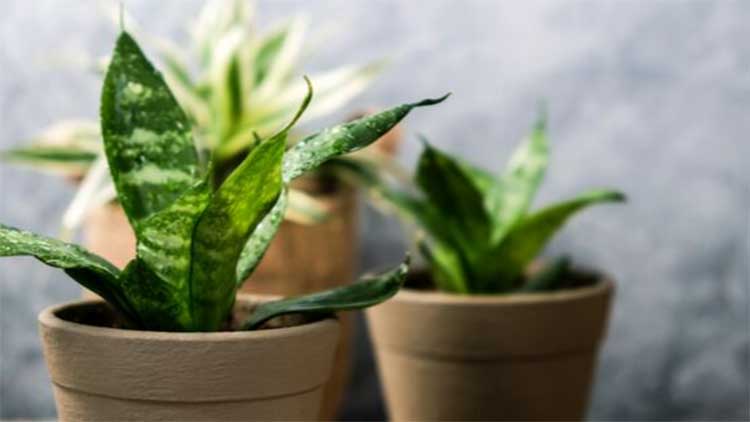
During the winter months, many indoor plants enter a period of dormancy. This means their growth slows down, and they require fewer nutrients than during the active growing season. Understanding the dormancy patterns of your potted plants is essential for providing them with the appropriate care.
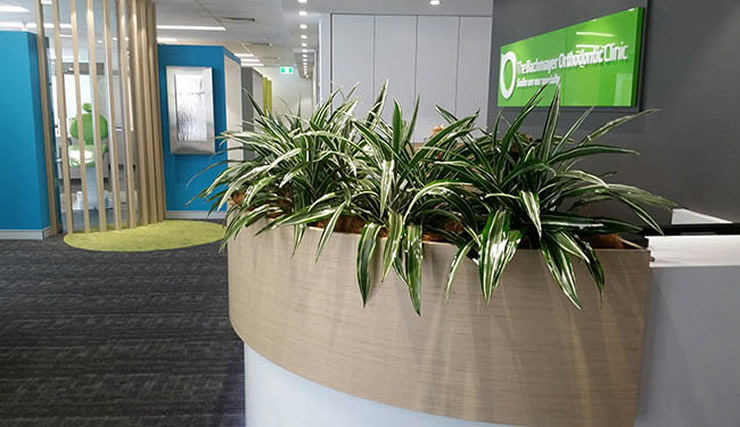
The cozy environment of our homes can also attract pests and diseases that can harm our cherished indoor plants. To ensure the well-being and longevity of our winter indoor plants, it is crucial to take proactive measures to prevent houseplant pests and diseases.
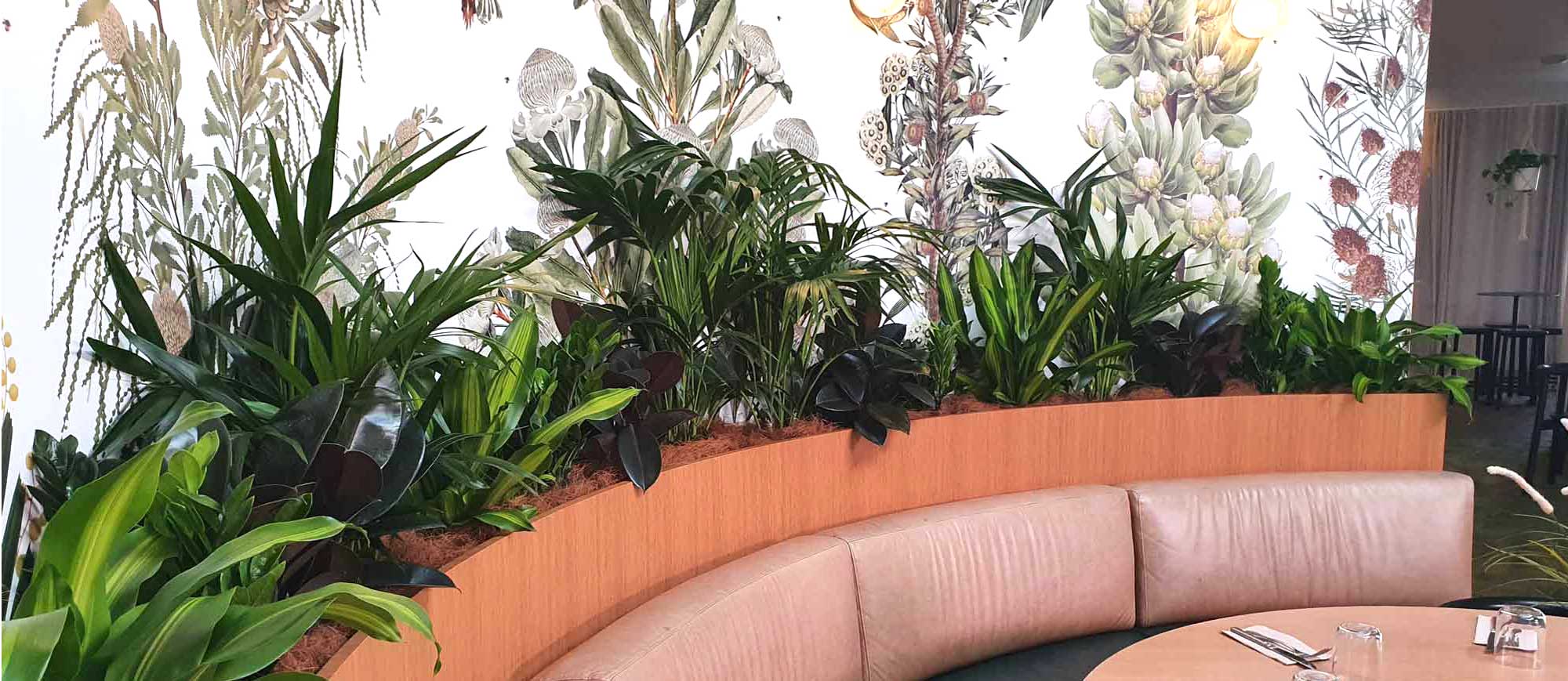
Pruning and maintenance play an essential role in promoting growth, preventing disease, and maintaining the overall appearance of your plants.
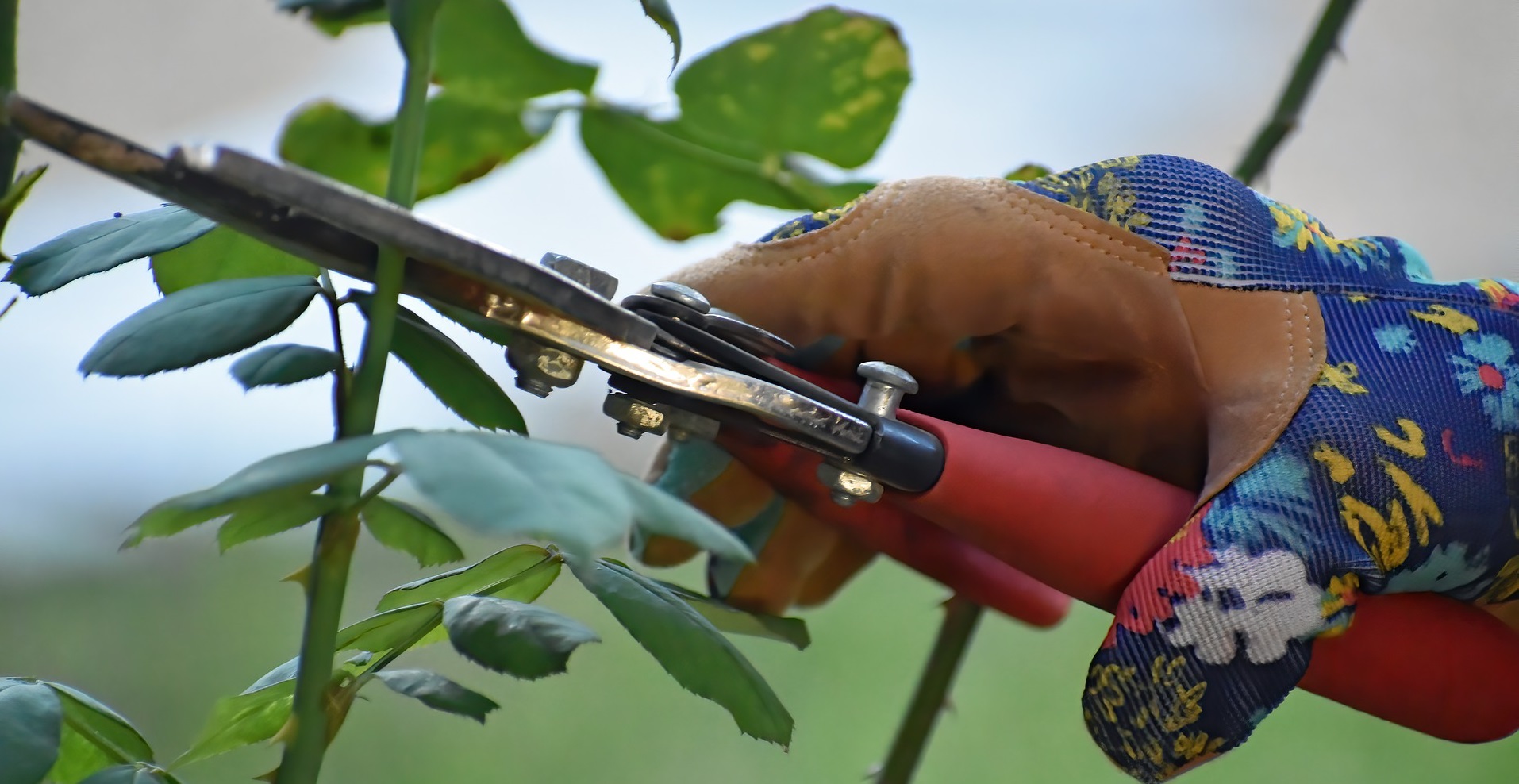
Pruning during the dormancy period is vital for the overall well-being of your indoor plants. It allows them to conserve energy and directs growth to areas that need it most. Begin by examining your plants closely, looking for any signs of damage, disease, or excessive growth.
With a pair of sharp and clean pruning shears, carefully trim away any dead or decaying branches. Be sure to make clean cuts just above a leaf node or bud.
As winter progresses, you may notice that some leaves on your indoor plants turn yellow or wither. It is essential to remove these leaves promptly as they can serve as a breeding ground for pests or diseases.
Gently pluck off any yellowing or dead leaves, starting from the base of the stem and working your way up. This not only enhances the appearance of your plants but also promotes better air circulation and prevents the spread of potential issues.
To encourage bushier growth and fuller foliage, consider using pruning techniques that stimulate branching. Pinching back the tips of your indoor plants can help redirect growth hormones to the lateral buds, resulting in a denser and more compact appearance.
Focus on plants that tend to grow leggy, such as common indoor plants like spider plants, pothos, or philodendrons. By pinching off the topmost portion of the stem, you can promote the growth of side shoots and create a more robust plant structure.
During the winter months, indoor plants are susceptible to dust accumulation on their foliage. Dust can hinder their ability to photosynthesise efficiently and restrict the absorption of light. Regularly cleaning the leaves of your indoor plants helps remove dust and promotes better plant health.
Gently wipe the leaves with a soft, damp cloth or give them a gentle shower under lukewarm water. Avoid using any harsh chemicals or cold water, as they may damage the delicate foliage.
As winter gives way to the early signs of spring, it becomes an exciting time for both gardeners and indoor plant enthusiasts to prepare for the seasonal transitions and reintroduce their beloved houseplants to the outdoors. This process requires careful consideration and attention to ensure the health and well-being of the plants. Here are some steps to help you prepare your potted plants for this transition.
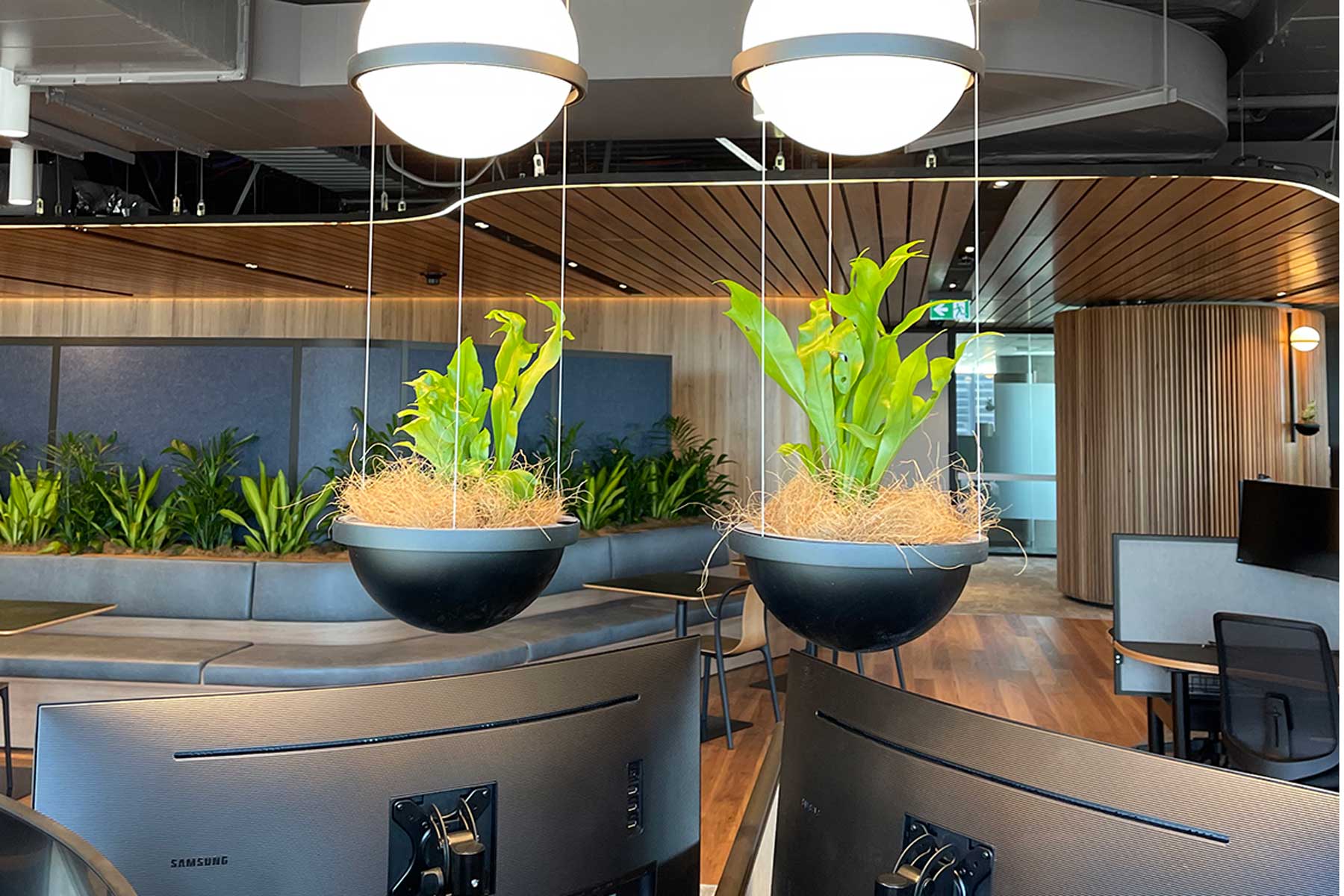
Abruptly exposing indoor plants to outdoor elements can be a shock to their system. Instead, opt for a gradual acclimation process that allows them to adjust to the changing environment. Follow these steps to ensure a smooth transition for your plants:
Even during the transition period, it’s crucial to protect your plants from unexpected cold snaps or frost, which can be damaging to their tender foliage. Take the following precautions to safeguard your plants:
Caring for indoor plants in winter requires some extra attention and effort, but the rewards are well worth it. By providing the right conditions, such as proper lighting, temperature, humidity, and watering, you can help your beloved green companions thrive even during the colder months. Remember to adjust your care routine based on the specific needs of each plant species, as they vary in their tolerance to low temperatures.
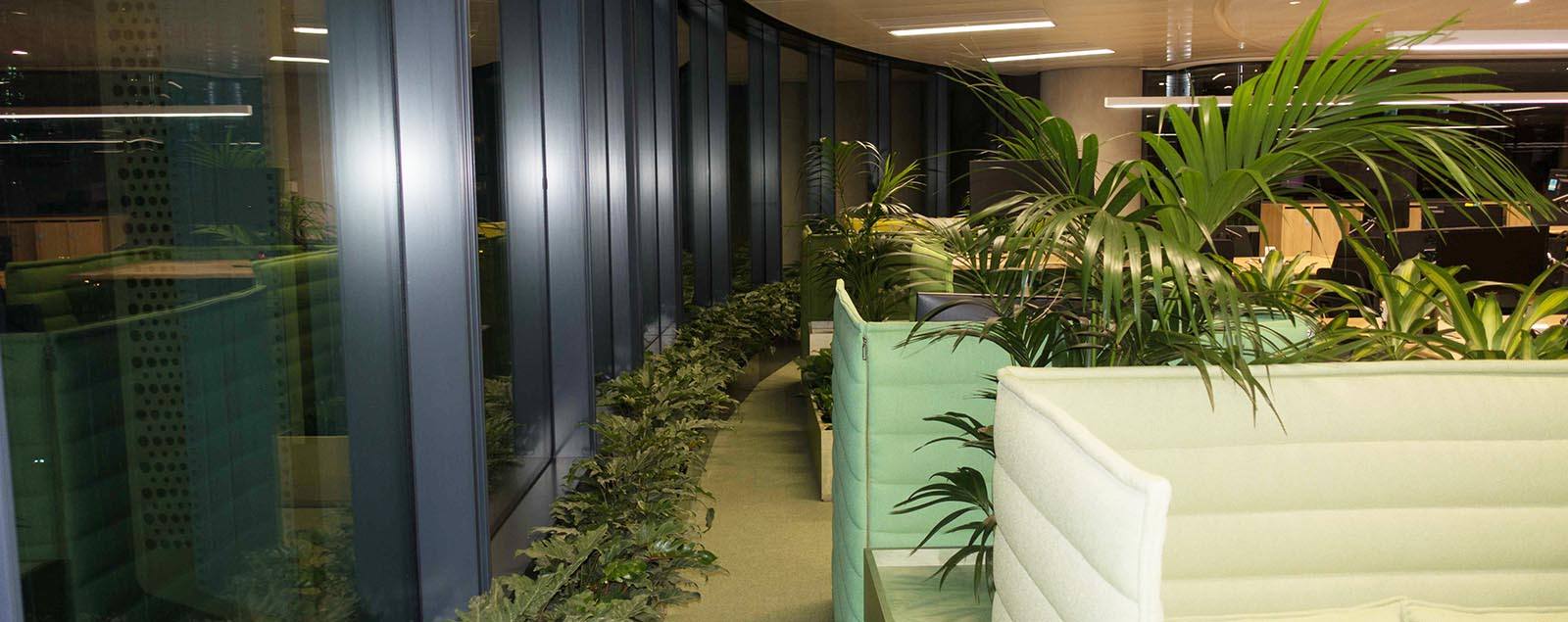
Caring for indoor plants in winter requires some extra attention and effort, but the rewards are well worth it. By providing the right conditions, such as proper lighting, temperature, humidity, and watering, you can help your beloved green companions thrive even during the colder months. Remember to adjust your care routine based on the specific needs of each plant species, as they vary in their tolerance to low temperatures.
However, if you find yourself longing for lush greenery and don’t have the space or resources to maintain an indoor garden year-round, there’s a fantastic solution available: Tropical Plant Rentals. With Tropical Plant Rentals, you can enjoy the beauty and benefits of plants without a long-term commitment.
Tropical Plant Rentals offer a wide variety of stunning plants that can transform any space into a vibrant oasis. Whether you’re planning a special event, sprucing up your office, these rentals provide a convenient and cost-effective option.
Embrace the winter months as an opportunity to deepen your love for indoor plants, and consider the convenience and allure of Tropical Plant Rentals to bring a touch of the tropics into your life. Don’t let the cold weather dampen your enthusiasm for greenery—explore the possibilities, and let your imagination run wild with the exotic beauty of tropical plants.
If you’re intrigued by the idea, contact us today to receive a personalised quote. And while you’re at it, be sure to browse our stunning gallery of indoor plant collections that will leave you awe-inspired.